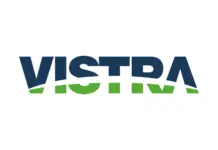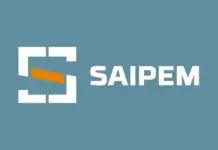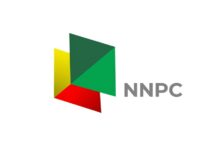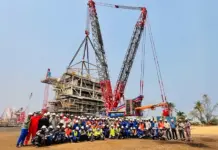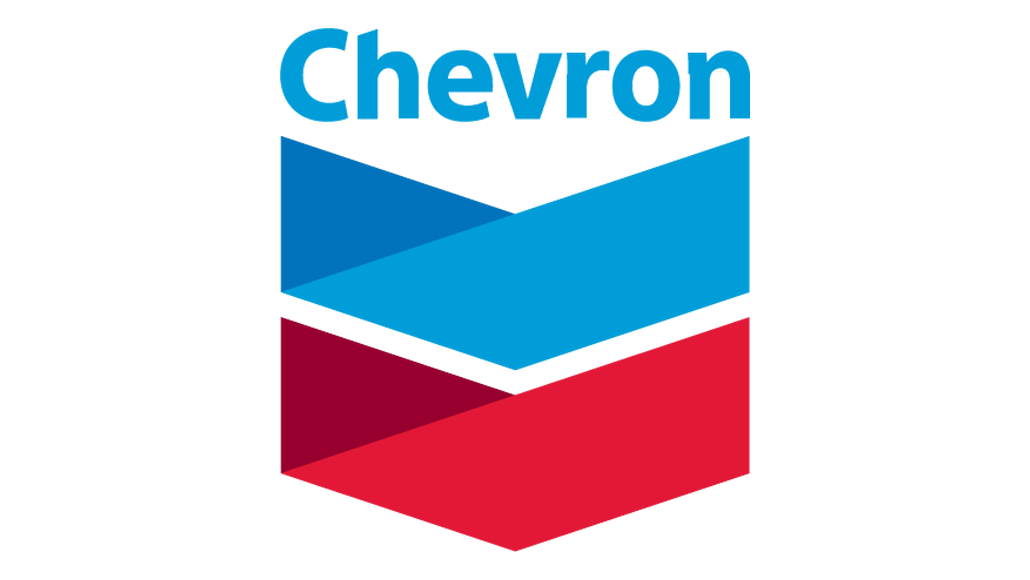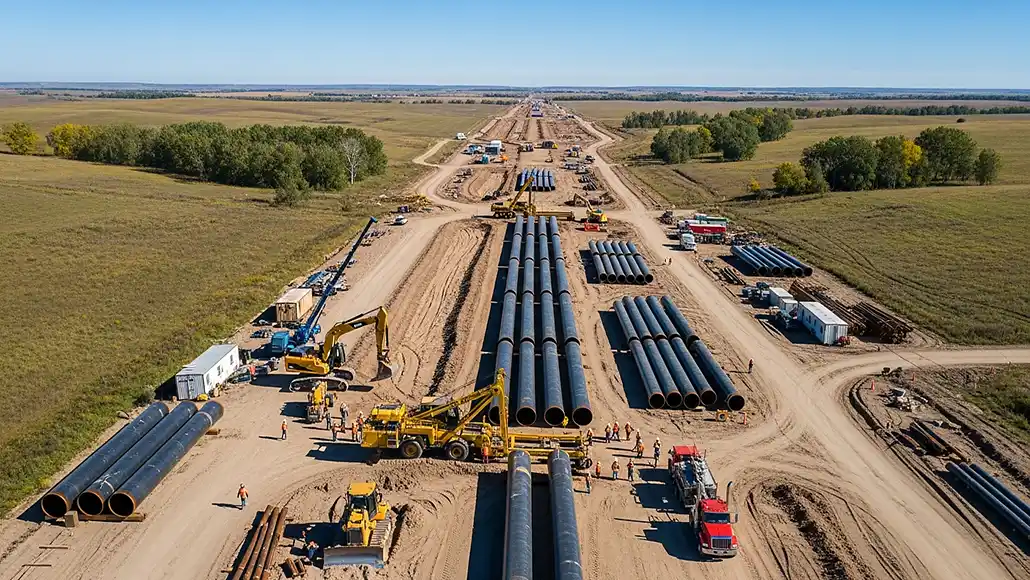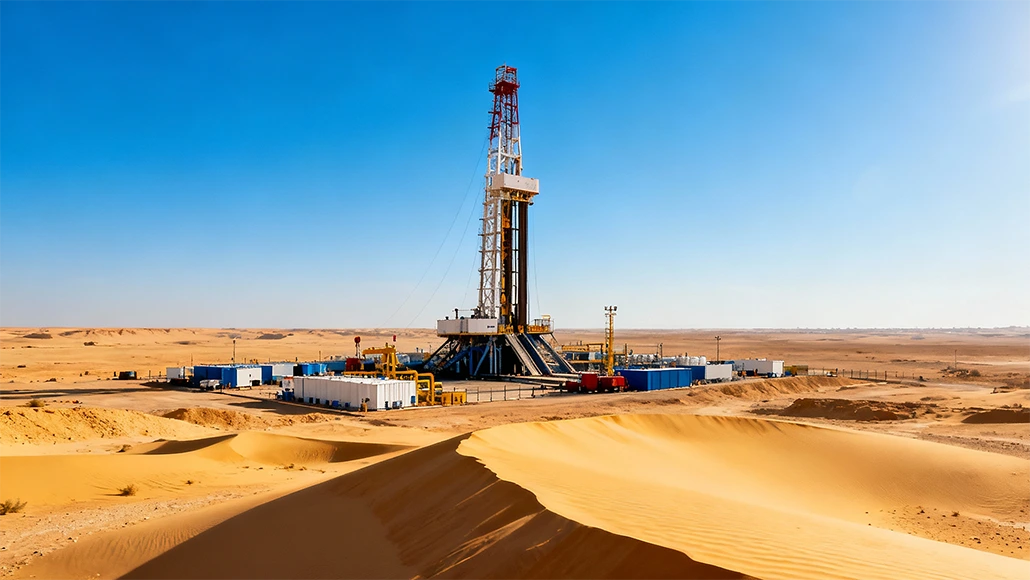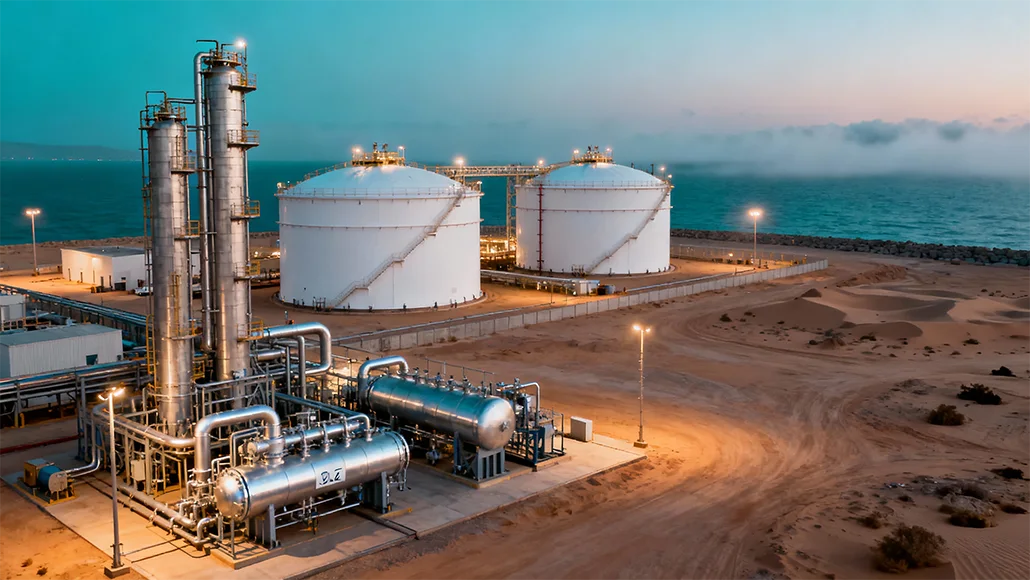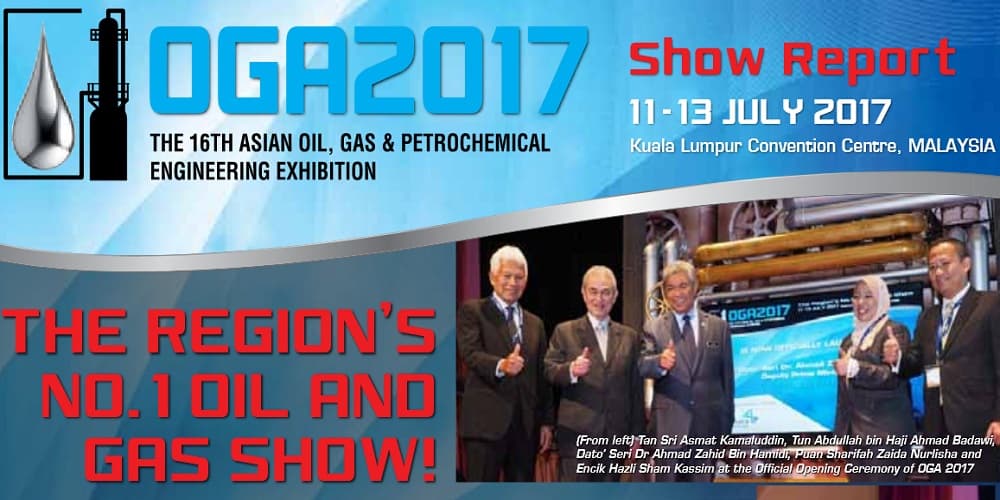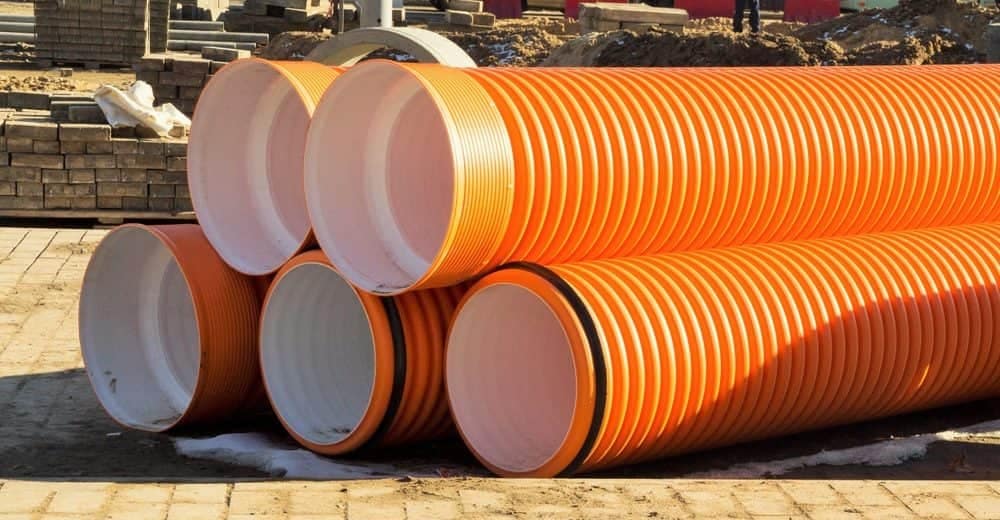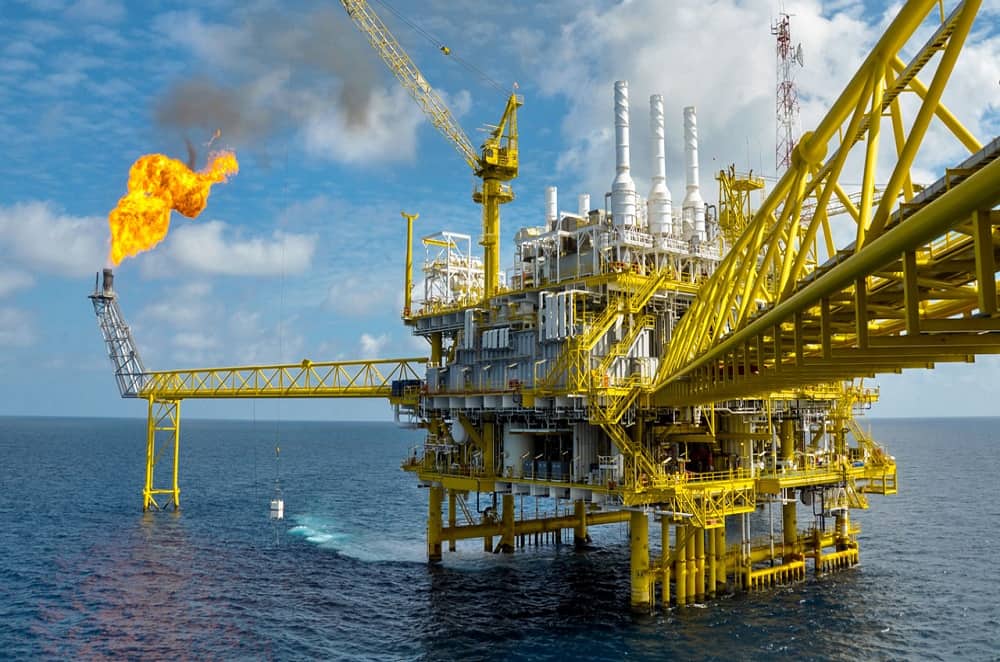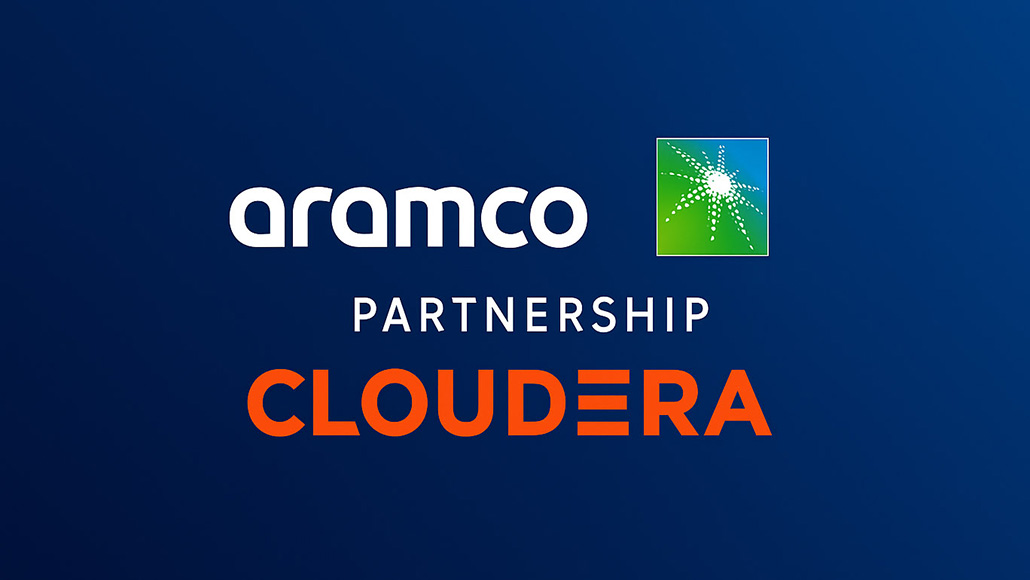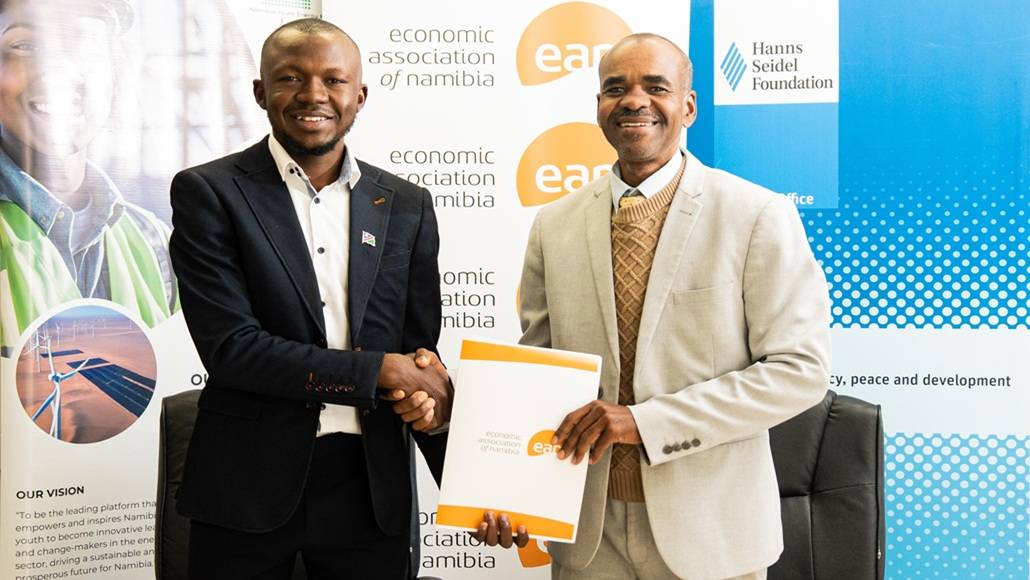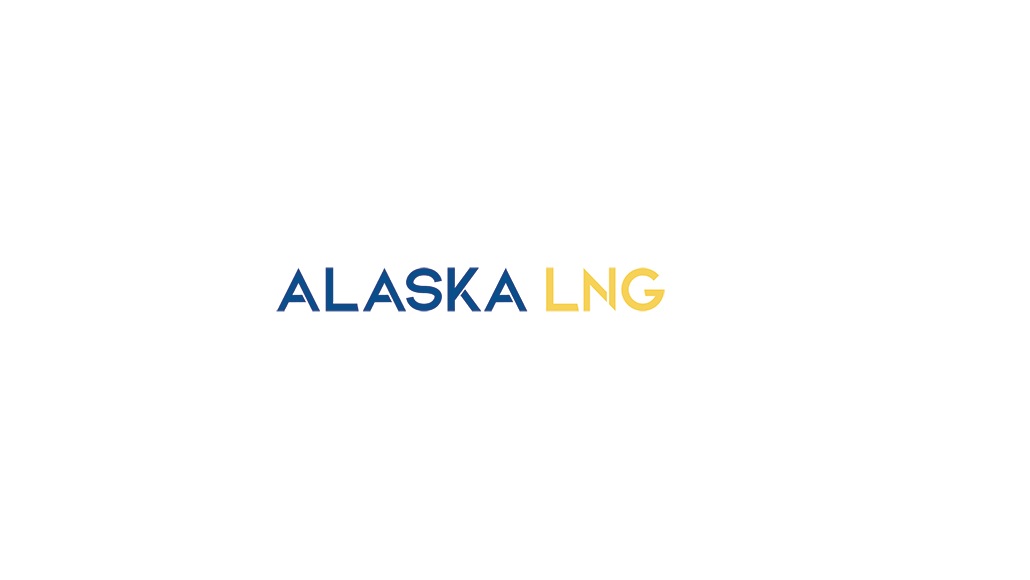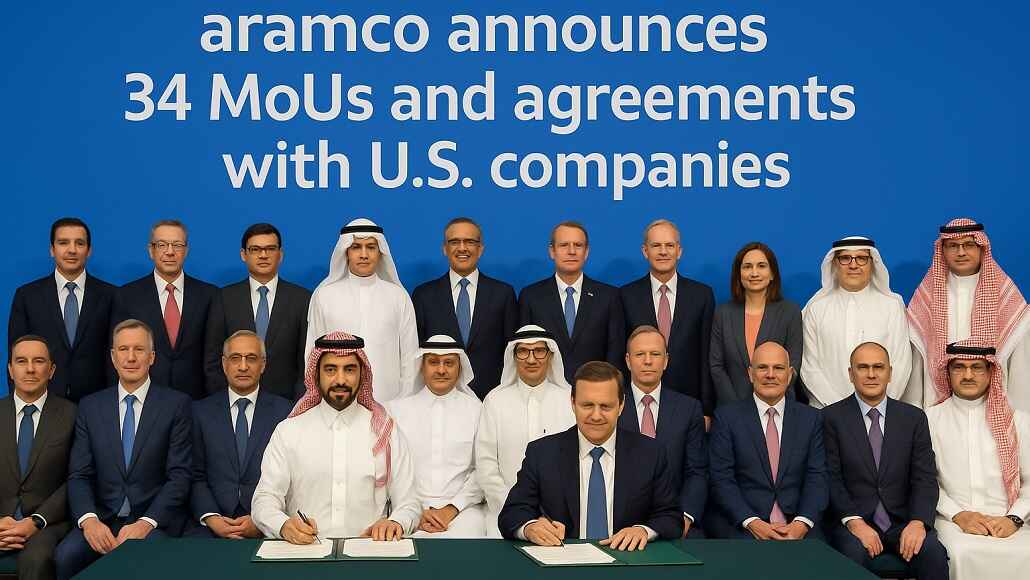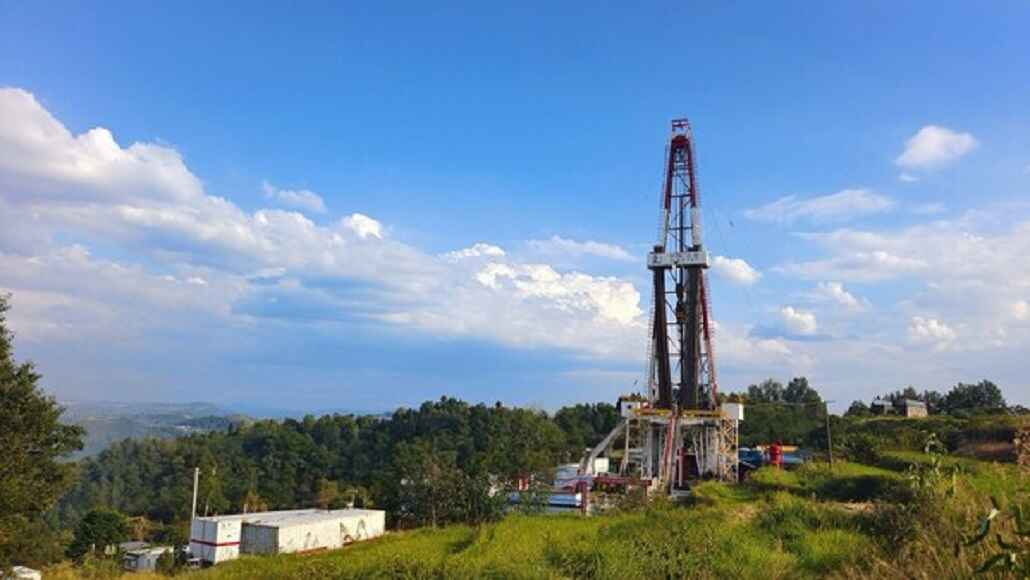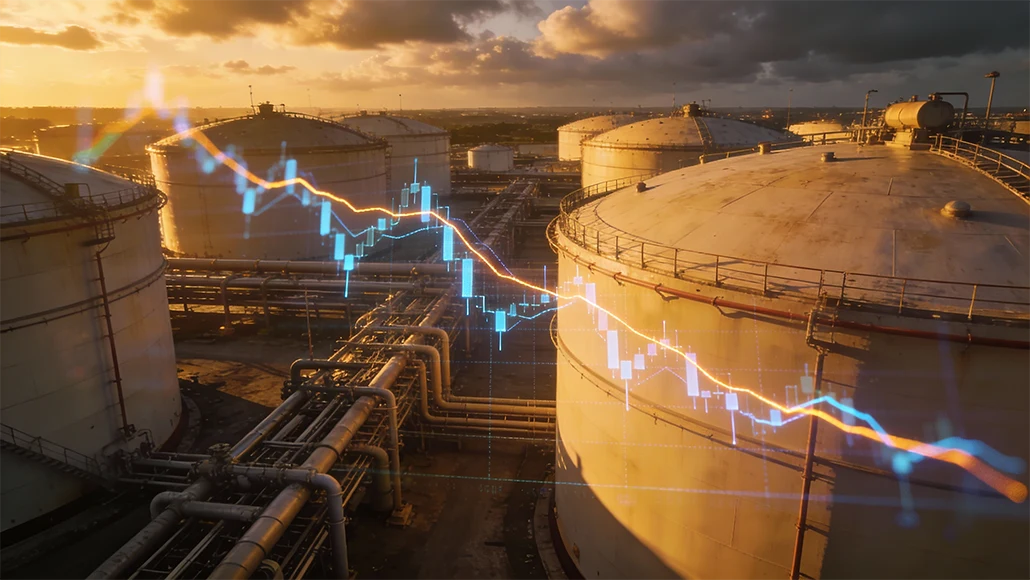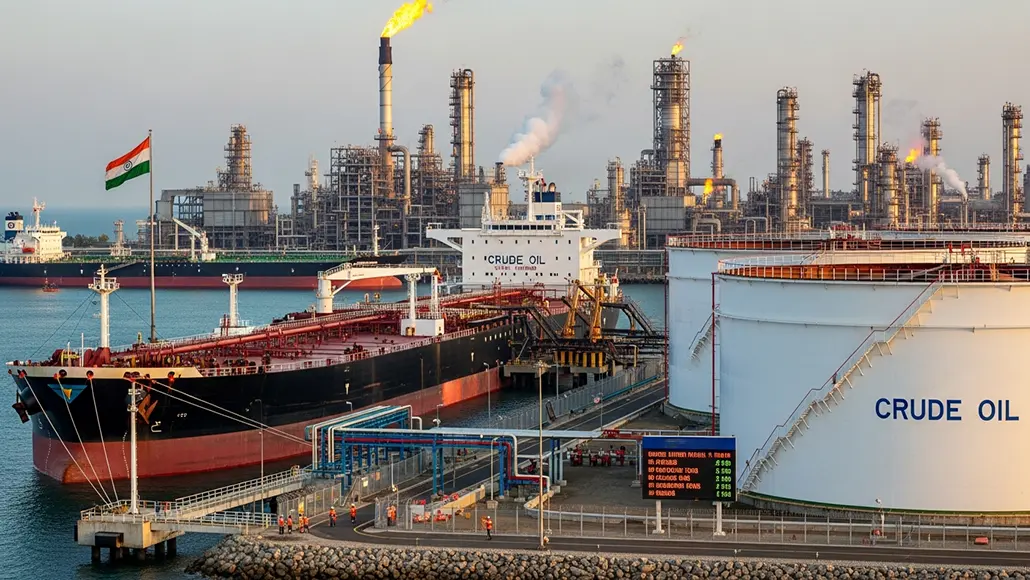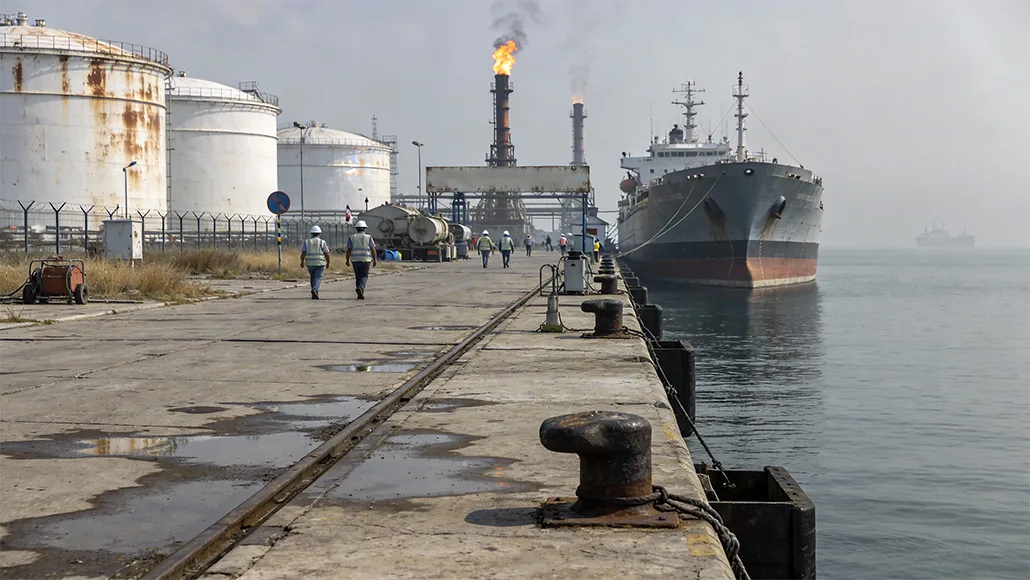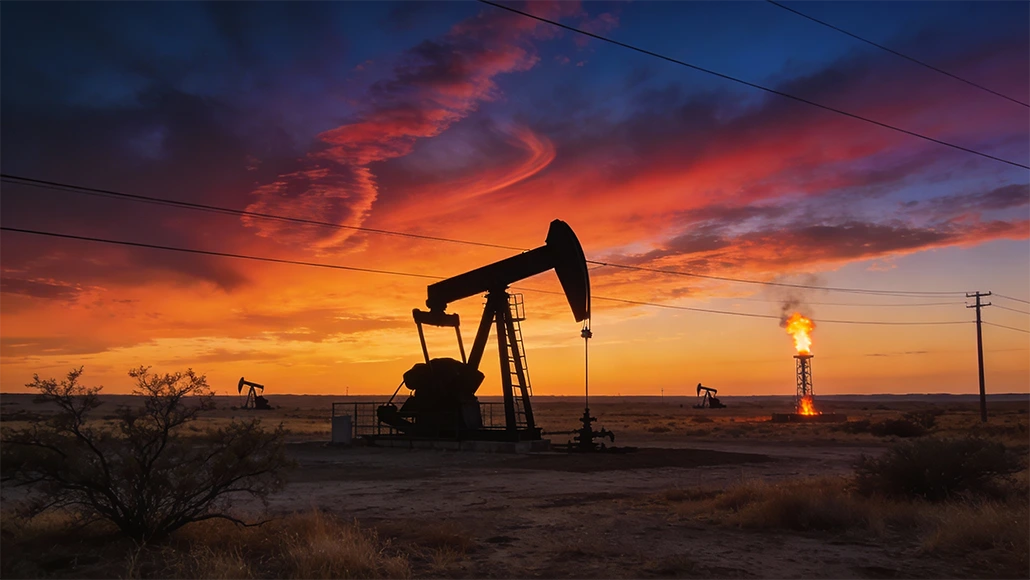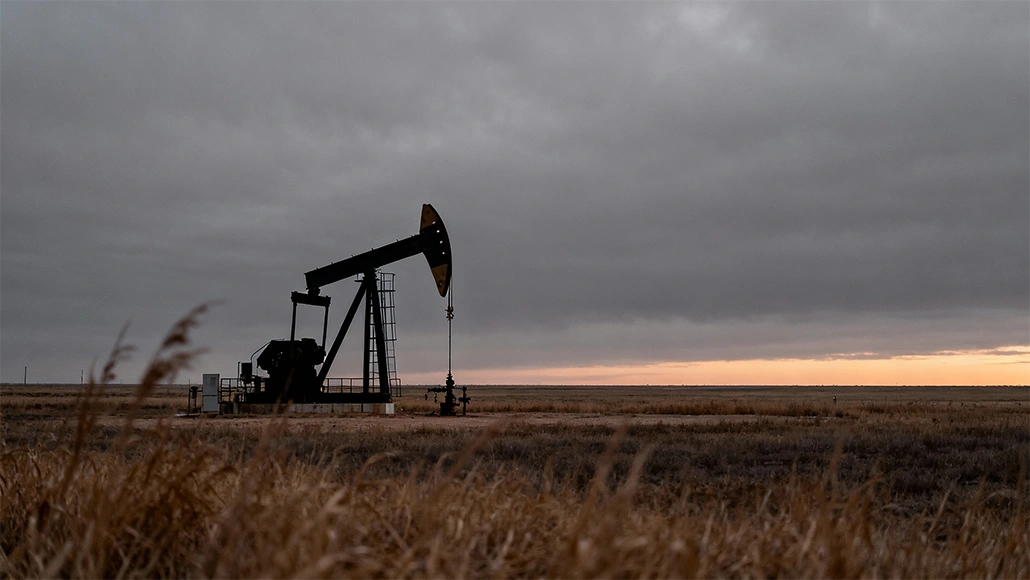The Energy Institute (EI), along with Oil & Gas UK, has published its latest Pipeline and Riser Loss of Containment (PARLOC) report, which encompasses statistics from a 12-year operating period. Brian Bain, co-author of the report on behalf of DNV GL, Energy Institute Technical Group and Oil and Gas UK details some of its key findingsThe EI’s PARLOC report is produced primarily to support the oil and gas industry in risk assessment procedures. The report, which is overseen by a steering committee representing Oil & Gas UK, Energy Institute Technical Group and the offshore oil and gas industry, is a comprehensive analysis of best available loss of containments, or leak incidences as collected by 23 UK offshore pipeline operators over a 12-year period. Once collected the data is analysed and the report authored by DNV GL, an international certification body and classification society.
The PARLOC report is also considered a reliable marker of consistency and safety standards in offshore pipelines and risers by UK continental shelf operators, as well as a useful tool to help continually improve standards.
Heidi Vella-Starr: What are the key findings of the report?
Brian Bain: The work has shown that the overall average loss of containment frequencies for steel pipelines and flexible pipelines as estimated in the current report, PARLOC 2012, are similar to those estimated in the previous issue of this report, PARLOC 2001. This is reassuring, considering that the expectation may have been that frequencies would increase as infrastructure aged. This shows that safety levels have been consistent and maintained.
The fact that the two studies reached broadly similar conclusions gives some reassurance in the validity of each.
HVS: What can those in the industry learn from the report about reducing the risk of leaks?
BB: For the data examined, steel pipelines and risers have a lower failure frequency than flexible flowlines and risers. Examining the causes of the losses of containment incidents can be informative in a high-level, qualitative way, along with the near-miss data that is included in the report.
However, the industry should continue to identify improved methods to aid reporting of loss of containment incidents.
HVS: What challenges did you face drawing up the report?
BB: In a perfect world we would be able to get all of the data from all of [the] areas and amalgamate it, because essentially the more good quality data you can collect the more reliability you can place on the results.
Collecting the data in a consistent manner is the real challenge because without a well thought-out process you are likely to have misinterpretations of what is being asked and gaps in the data that have to be dealt with in the analysis.
Underwater arteries – the world’s longest offshore pipelines
Offshore-technology.com profiles the world’s ten longest oil/gas subsea pipelines.
The wider challenge is collecting data from other parts of the world. The industry in the UK has a policy of collecting information in order to better understand the risks but the same is not true for other parts of the world. European Union regulations, which are being introduced, will help this situation but greater efforts to harmonise the process and analyse the data in a consistent way would further benefit the industry.
HVS: What is the most common cause of loss of containment?
BB: The report considered steel pipelines and risers, flexible pipelines and risers, and control umbilicals separately and classified the responses into a number of groups.
The single most common cause of loss of containment incidents for steel pipelines and risers is corrosion-related. For the flexible risers and pipelines together with umbilicals there isn’t a dominant cause and a range of factors contribute.
HVS: How does the report assist in risk assessment, processing and in design and operation of offshore oil and gas processes?
BB: The primary purpose of the report is for use in quantitative risk assessments where it is one of a large number of inputs required to estimate the risk levels to assets and workers. The statistical data and loss of containment results for offshore pipelines and risers gives confidence that the frequencies are accurate and reflect their level of integrity.
The loss of containment frequencies are broadly comparable to those from the previous 2001 report, suggesting that the loss of containment frequencies have been fairly consistent over time. By using the PARLOC data as an input to risk assessments and by examining the causes, it may be possible to identify and implement practical improvements in design and operation of installations.
HVS: How has loss containment improved over the 12 years covered in the report?
BB: The report indicates a slight reduction for steel pipelines and a slight increase for flexibles. However, there is only an average of around one incident per month in UK waters and when this is broken down into different types and size of pipeline it becomes inappropriate to attempt to draw meaningful conclusions about improvements.
HVS: How important is industry collaboration in improving safety on offshore oil and gas?
BB: Initiatives to identify the underlying causes of hydrocarbon releases in order to assist in driving down risk levels require the support of the industry as a whole. This report would certainly not be possible without industry collaboration.
“This report would certainly not be possible without industry collaboration.”
Twenty-three UK offshore pipeline operators, all of whom are Oil & Gas UK members, collaborated with Oil & Gas UK and the Energy Institute to provide detailed incident data on pipeline and riser releases. The resulting PARLOC 2012 report from this collaboration is the only data set of its kind in the world, and it is used worldwide in risk assessments. It is also the preferred source of statistical data for loss of containment frequencies, for offshore pipelines and risers.
HVS: Are you planning another report?
BB: It’s certainly the plan to update the analysis more frequently. We now have almost another three years of operations to collect data from and having re-established a system it would benefit the industry to maintain the momentum.



